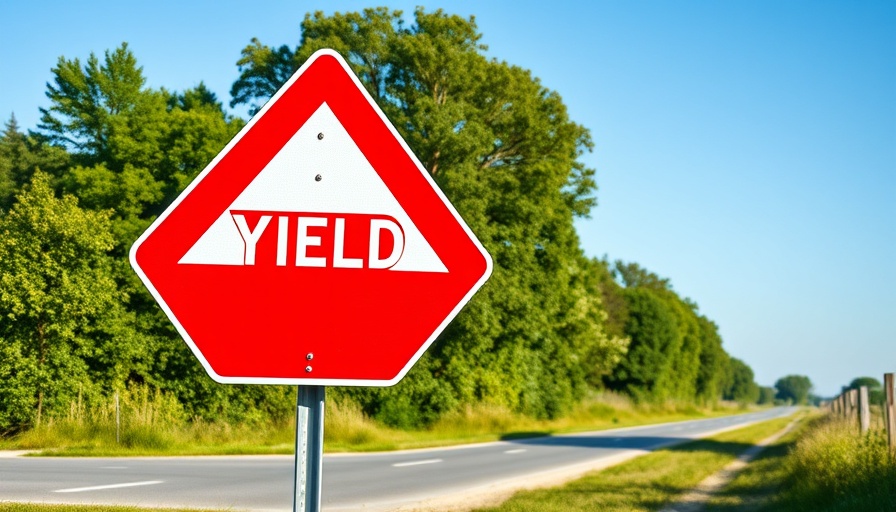
Understanding Right of Way Laws: An Essential Guide
Right of way is a fundamental principle in traffic law that determines which vehicle or pedestrian has the priority to move first. Navigating these rules can be daunting, especially in busy urban environments where California residents frequently encounter complex intersections that require quick decision-making.
What Exactly is Right of Way?
According to Steven Norman, a certified driver’s education instructor, "Right of way determines who has the priority to move first in any given traffic situation." He emphasizes that just because a driver has the right of way, it doesn't guarantee that they should enforce it without caution. It is vital to remain vigilant and be prepared to yield to prevent accidents. This mindset is crucial, particularly for those driving in high-density areas where distractions are aplenty.
Who Has the Right of Way When It Comes to Pedestrians?
There's a common misconception that pedestrians always have the right of way. While they do have priority at marked crosswalks and during green lights, this doesn't mean they can act carelessly. As Norman points out, "vehicles are required to yield to pedestrians crossing a street when the light is green; however, pedestrians also have to obey traffic signals." This bidirectional responsibility aims to maintain safety on the road, helping to reduce accidents.
Handling Right of Way at Intersections
Understanding traffic control at intersections is critical. At uncontrolled intersections, the general rule is simple: the vehicle that arrives first has the right of way. If two vehicles arrive simultaneously, the car on the left yields to the car on the right. In contrast, at controlled intersections, those facing stop signs must yield to oncoming cross-traffic. Those unfamiliar with California’s various traffic laws may be surprised at how nuance dictates right of way in these situations.
Decoding the 4-Way Stop
One location where confusion often arises is at four-way stops. While many drivers think that the vehicle going straight has the priority, the rule is straightforward: the driver who arrives at the stop first goes first. Failing to follow this protocol can lead to accidents and frustration among drivers.
The Importance of Defensive Driving
In California, where roads can be congested, practicing defensive driving becomes essential. This means staying aware, being ready to yield when necessary, and never assuming others will comply with traffic laws. In fact, a proactive mindset about right of way can significantly decrease the risk of collisions, particularly in high-traffic urban settings.
Future Insights on Traffic Laws and Safety
As urban areas continue to grow, understanding right of way laws will become increasingly important. Local governments may introduce smarter transportation technologies, including automated traffic signals that adapt to real-time traffic conditions. Increased awareness and education about right of way laws can also lead to reduced traffic violations. As safety continues to be a priority, residents must stay informed about changes in traffic laws.
Common Misconceptions about Right of Way
A dominant myth is that mere possession of the right of way provides immunity from accidents or liability. In reality, one of the most crucial tenets of driving is remembering that safety supersedes legal rights. Drivers must keep in mind that yielding can often be the better option when faced with an aggressive or negligent driver.
Take Action: What You Can Do
For California residents, familiarizing themselves with local traffic laws and actively practicing defensive driving can enhance road safety for everyone. Continuous education through driver’s courses, public awareness campaigns, and personal advocacy can make a difference. Everyone has a responsibility to ensure a safer driving environment.
 Add Row
Add Row  Add
Add 




Write A Comment